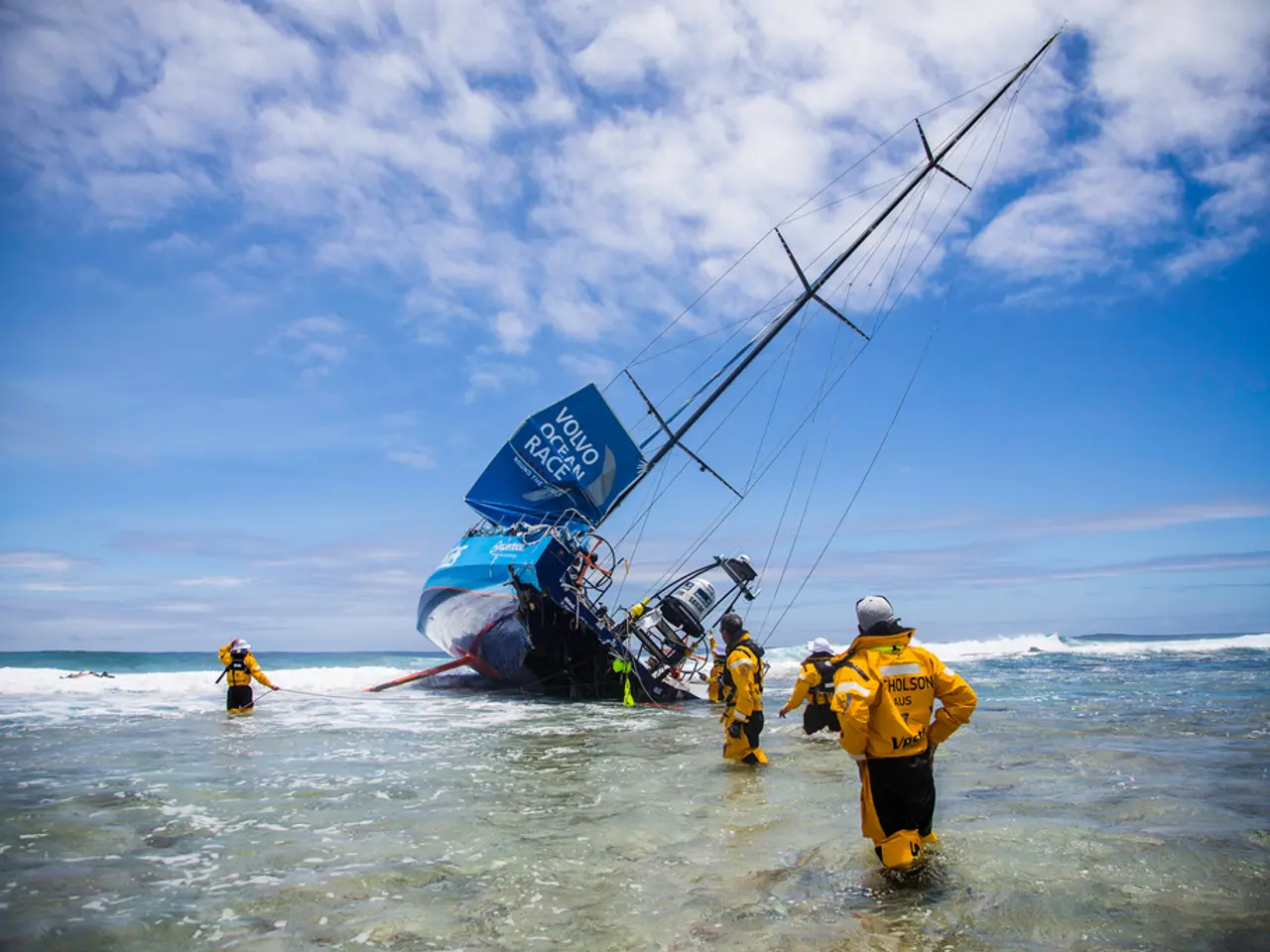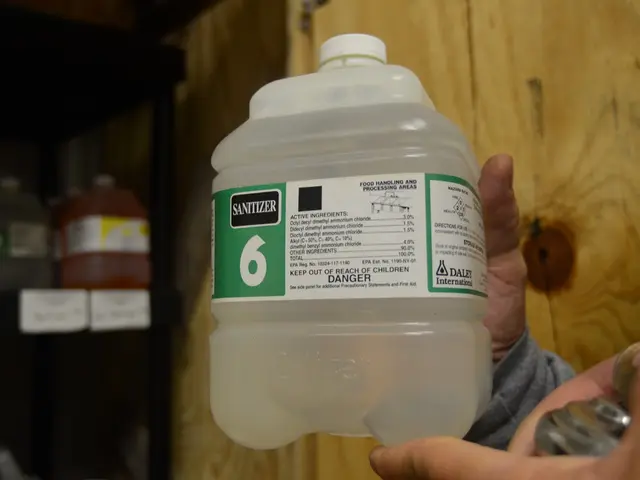Individuals who have miraculously survived catastrophic plane crashes, harrowing shark attacks, and other lethal incidents were not anticipating the unfamiliar hardships that followed.
In the face of overwhelming adversity, survivors of high-profile disasters often find themselves at the intersection of heroism and trauma. Such is the case for individuals like Brendan McDonough, who survived the Yarnell Hill Fire, and Jeff Bailey, who lived through the United Airlines Flight 232 crash in Sioux City, Iowa.
On June 30, 2013, a wildfire overran an elite group of firefighters known as the Granite Mountain Hotshots in Yarnell, Arizona, claiming the lives of 19 of them. miraculously, Brendan McDonough, a former heroin user with a felony record for theft, survived. However, he couldn't explain why he was the lone survivor, while men he deemed more deserving of life had perished.
The psychological effects of such disasters are substantial and enduring. Within the first year after a disaster, 30-40% of those affected may experience psychological morbidity, including post-traumatic stress disorder (PTSD), depression, anxiety, and other mental illnesses. For McDonough, the aftermath of the Yarnell Hill Fire left him an emotional zombie at home, growing detached from his family.
Juliane Koepcke, the sole survivor of a 1971 plane crash in a Peruvian rainforest that killed 91 people, and Vishwash Kumar Ramesh, the lone survivor of Air India Flight 171, which crashed in June right after takeoff in Ahmedabad, India, killing 241 people aboard and dozens on the ground, also faced similar challenges.
Survivors might suffer from symptoms such as insomnia, high stress levels, and anxiety, which can persist long term. McDonough, for example, often had to drink just to take the stage for his motivational speeches. Bailey, on the other hand, struggled with identity and depression after the crash, but finding solace in art and telling his story for the first time at his high school graduation was liberating.
Coping mechanisms vary. Some survivors experience temporary symptoms that fade as they rebuild their lives, while others face long-term psychological challenges requiring professional help. Therapy and mental health support are crucial in helping survivors process trauma, grief, and loss.
Economic and social recovery can take years due to disrupted livelihoods and infrastructure. Career changes or long-term unemployment may be necessary due to the destruction of businesses and infrastructure. These ripple effects affect entire communities, prolonging recovery and complicating individuals’ ability to return to normal life.
Despite the challenges, survivors often find ways to honour their experiences. Bailey, for instance, became a symbol of the crash, with a news photograph of him being carried from the wreckage making the cover of Time magazine. A bronze statue of Bailey stands in Sioux City as part of a memorial to the crash response. Bailey has a personal memento of the disaster: the white Avia sneakers he wore that day, which he keeps in a Ziploc bag in his home.
In summary, surviving a high-profile disaster often involves enduring heroism and trauma, with survivors facing serious mental health challenges and complex social and economic obstacles. Healing requires integrated support addressing psychological needs and practical recovery to help individuals regain a sense of safety and normalcy. As demonstrated by survivors like Bailey and McDonough, resilience and the human spirit can shine even in the darkest of times.
In the realm of health-and-wellness, particularly mental-health, individuals like Brendan McDonough and Jeff Bailey, who survived unique high-profile disasters, struggle with long-term effects of trauma. For McDonough, this resulted in persistent insomnia and anxiety, needing alcohol to deliver motivational speeches. On the other hand, Bailey found solace in art and overcame his struggle with identity and depression by sharing his story during his high school graduation. These survivors underscore the importance of science, such as therapy and mental health support, in helping them cope and heal from their experiences.








